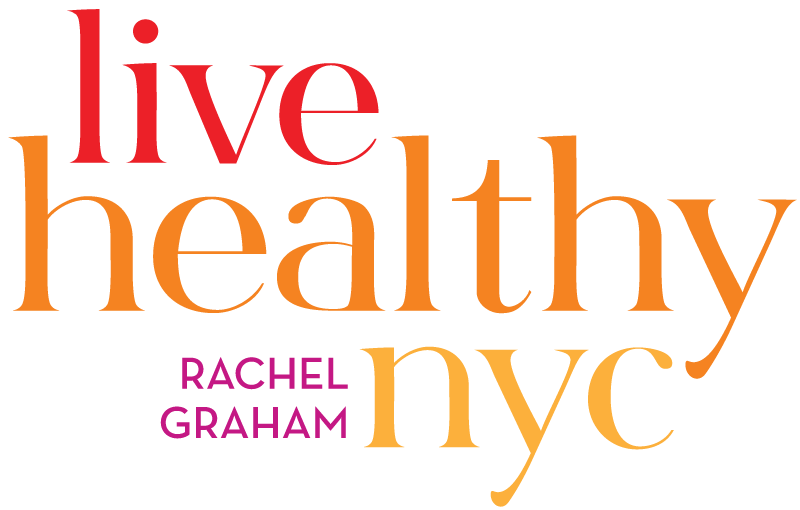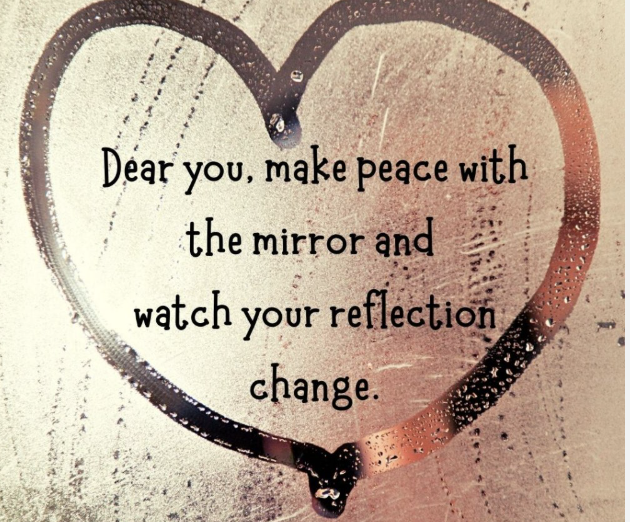One Day at a Time: A Softer Way Through the Season
This time of year carries a certain pressure, doesn’t it? Just the other evening, I was completely absorbed as the Rockefeller Tree lit up the sky, sparkling, perfect, and full of promise. It’s the beginning of December, and I imagined myself gliding through the month with flawless balance: eating well at every gathering, getting in all my workouts, staying calm, feeling my best, and fitting effortlessly into that outfit I thought would still fit.
But life, as it often does, had other plans.
Maybe you’ve been bouncing from holiday party to holiday party, having a wonderful time but noticing you’re not eating the way you “usually do.” Maybe you hoped to exercise more, but between travel, errands, and the hundred little things that pop up this season, it simply didn’t happen. Or maybe you’ve stepped into a new life chapter—perimenopause or menopause—and your body is shifting in ways you didn’t expect. You catch your reflection in a store window and wonder who this somewhat-familiar person is. You try on an outfit you once loved, and it tells a different, uncomfortable story. And then there are the days when your best-laid plans fall apart completely because you’re putting out fires at work, tending to family needs, or simply trying to keep up. The day you thought you’d have becomes something entirely different.
Here’s what we often forget: none of these moments mean you’re doing anything wrong.
They mean you’re human.They mean you’re living a full, evolving, beautifully complicated life. They mean your body is responding to real circumstances, internal, external, emotional, and seasonal.
And more importantly, they mean it’s okay to take things one day at a time.
Not in the passive “oh well” sense, but in a compassionate, grounded, present sense.
One day at a time means letting go of perfection. It means remembering your body is allowed to change. Your routines are allowed to shift. Your energy is allowed to ebb and flow. You are not a machine, you are a dynamic, feeling, responsive person.
It’s okay that you’re eating differently right now. It’s okay that you’re not exercising as much as you hoped. It’s okay that hormones are changing your sleep, your mood, your energy, your clothes. It’s okay that life throws curveballs that reshape your day.
What matters is not how perfectly you stay on track, but how gently you return to yourself.
Tomorrow is another opportunity. The next meal is another opportunity. A five-minute walk is enough. A quiet breath between tasks is enough.Listening to your body is enough. Oftentimes, choosing kindness toward yourself is the most intentional act of health you can offer.
So as you move through this busy, emotional, joy-filled season, remember: the goal is never perfection. The goal is presence, compassion, and flexibility.
One day at a time isn’t a limitation, it’s a gift. A reminder that you don’t have to rush or prove anything. You just have to show up honestly and fully in the day you’re in.
If you’d like support navigating these shifts, I’m here for you. Let’s walk through this season together. I’m available for individual sessions. You can reach me rachel@livehealthynyc.com.




















